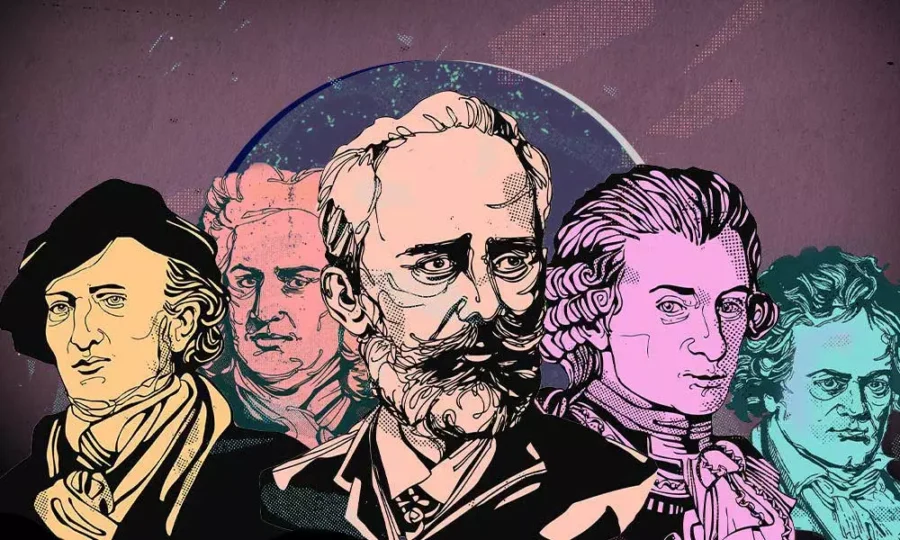The impact of classical composers like Mozart, Beethoven, and Bach has transcended music, leaving a profound influence on visual artists across centuries. The stirring compositions of these maestros have inspired some of history’s greatest painters, who found in classical music an ideal companion for their creative process. Artists like Monet, Kandinsky, and even modern-day painters draw upon the harmony, rhythm, and drama found in classical compositions to shape the mood and movement of their works. The meticulous structure of Bach’s fugues or the expressive freedom of Mozart’s sonatas has, for many artists, become a source of visual inspiration, guiding their choice of color, form, and pacing.
Music and visual art share a unique synergy, as both can evoke emotion, narrate a story, or suggest an abstract concept. Kandinsky famously believed in a direct relationship between music and color, associating specific hues with particular notes or tones. Monet’s impressionist landscapes also reflect an almost musical quality, with color and light flowing like notes in a sonata. Through their brushstrokes, these artists echoed the flow and intensity of the music they admired, allowing viewers to sense the silent harmonies behind the visuals.
This connection between classical music and visual art continues to thrive in modern practices, bridging the historical gap. The legacy of composers like Mozart and Beethoven endures in contemporary works, where their influence helps artists shape and define visual expression. This enduring exchange reveals how art in all forms is deeply interwoven, allowing one medium to inspire and elevate another in profound and timeless ways.









